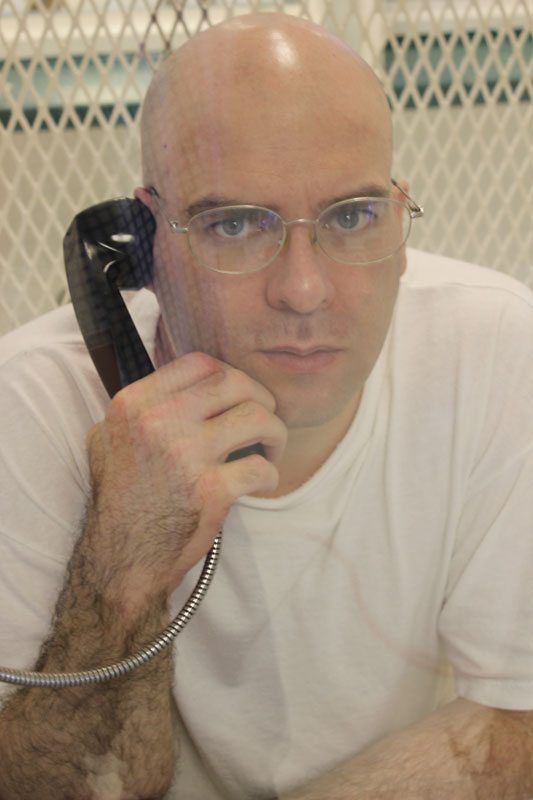Will Swearingen Be Allowed DNA Test Before Execution Date?


On December 13th, an email popped into my inbox from Wiebke Swearingen, a German woman living in Texas. She wrote: “We expect a new date to be set for the very beginning of February. Court ruling is attached.”
The date she was referring to was for her husband’s execution, later set by a judge for February 27th.
I met Larry Swearingen one morning in early November at the Polunsky Unit in the east Texas town of Livingston. He had been on death row since 2000, convicted of the 1998 murder of a 19-year-old woman called Melissa Trotter. But the subsequent story I wrote for The Texas Observer described how a number of forensic experts took the stand at a hearing to explain how forensic evidence showed it was impossible for Swearingen to have been her killer.
In a fascinating development, these scientists claimed that judging by the lack of decomposition Melissa Trotter’s body had suffered when it was discovered in the Sam Houston National Forest in January 1999, they were certain that Swearingen was in fact already in jail on outstanding traffic warrants at the time of her death.
I wrote then that Swearingen would remain on death row until the Court of Criminal Appeals made its decision. In a follow-up email that his wife, Wiebke, sent me in January, she wrote: “As you most likely know, Larry has been given a new execution date for February 27, 2013.”
His case has been taken on by the Innocence Project, a national litigation and public policy organization dedicated to exonerating wrongfully convicted people. And in a motion filed today, the group’s lawyers have asked District Judge Kelly Case to allow post-conviction DNA testing in order to prove Swearingen’s innocence.
The motion says that evidence likely to contain biological material collected during the police investigation into the murder includes fingernail scrapings from Trotter’s hands, items of her torn clothing, a ligature used to strangle her and torn pantyhose found near Swearingen’s house. Before the trial, the motion states, the state tested the fingernail scrapings, which yielded male DNA that did not match Swearingen’s. “The rest of the evidence … has never been subjected to DNA testing despite Mr. Swearingen’s repeated requests, but it is still in the State’s possession,” papers submitted to the court note. DNA testing of this evidence, it says, “can both exonerate Mr. Swearingen and identify the actual murderer of Ms. Trotter.”
The Innocence Project wants to run the DNA through the national CODIS database, a repository of DNA profiles from convicted offenders and unsolved crime scene evidence.
February 27th is Swearingen’s fourth execution date. Three times before he has received stays after his attorneys asked the courts to hear evidence that they said pointed to his innocence.
The Innocence Project says that 18 people have been exonerated by DNA testing in the U.S. after serving time on death row. If his lawyers are successful, Swearingen could become the 19th.


